Tag: glassblowing
-
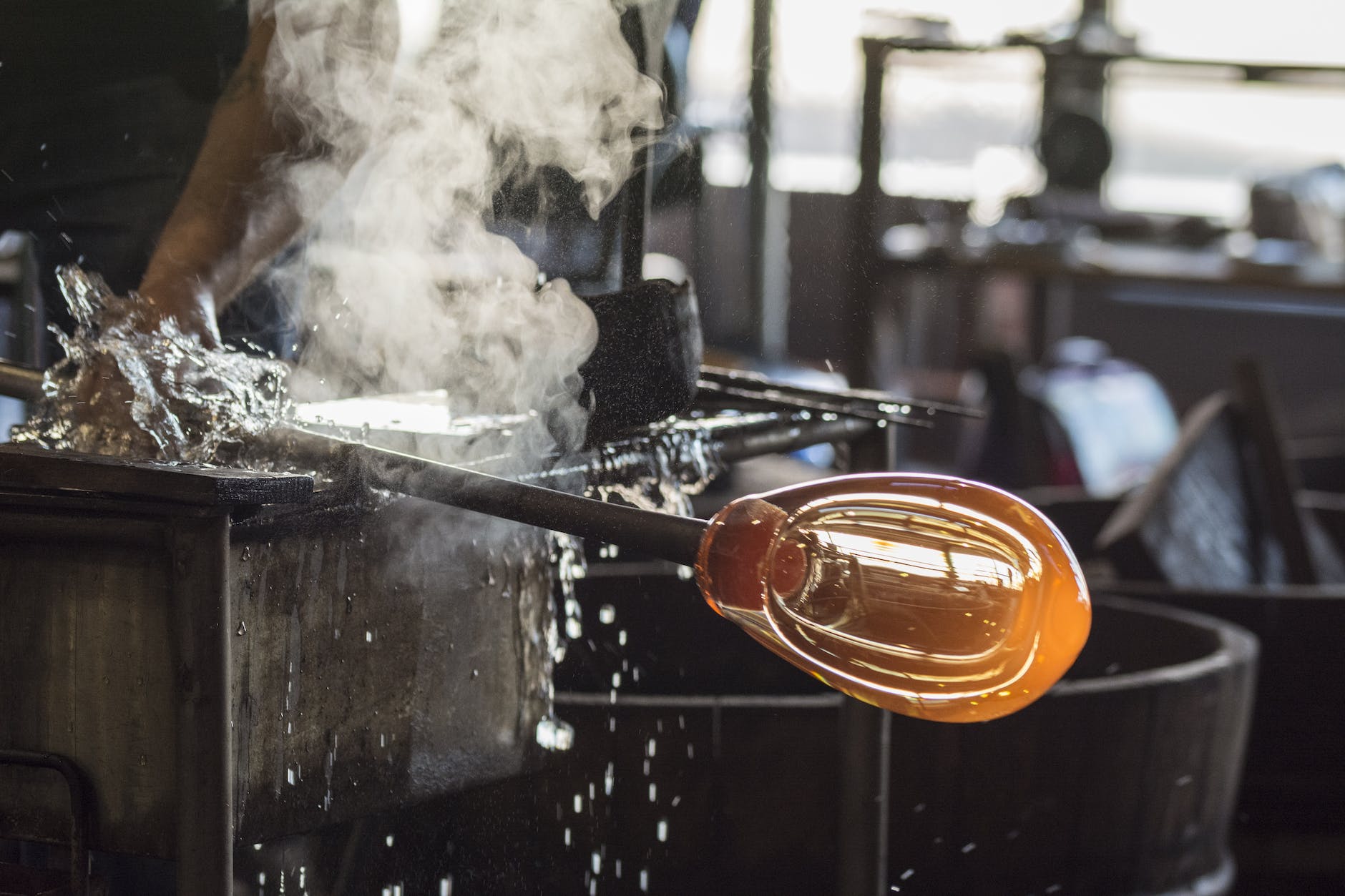
The Intersection of Art and Science: Glassblowing’s Diverse Appeal
Glassblowing is a fascinating art form that combines the precision of science with the creativity of art. It requires a deep understanding of the physics of heat, the chemistry of colorants, and the engineering principles of furnace design. But it also requires an intuitive sense of form, composition, and visual rhythm. The best glassblowers are…
-
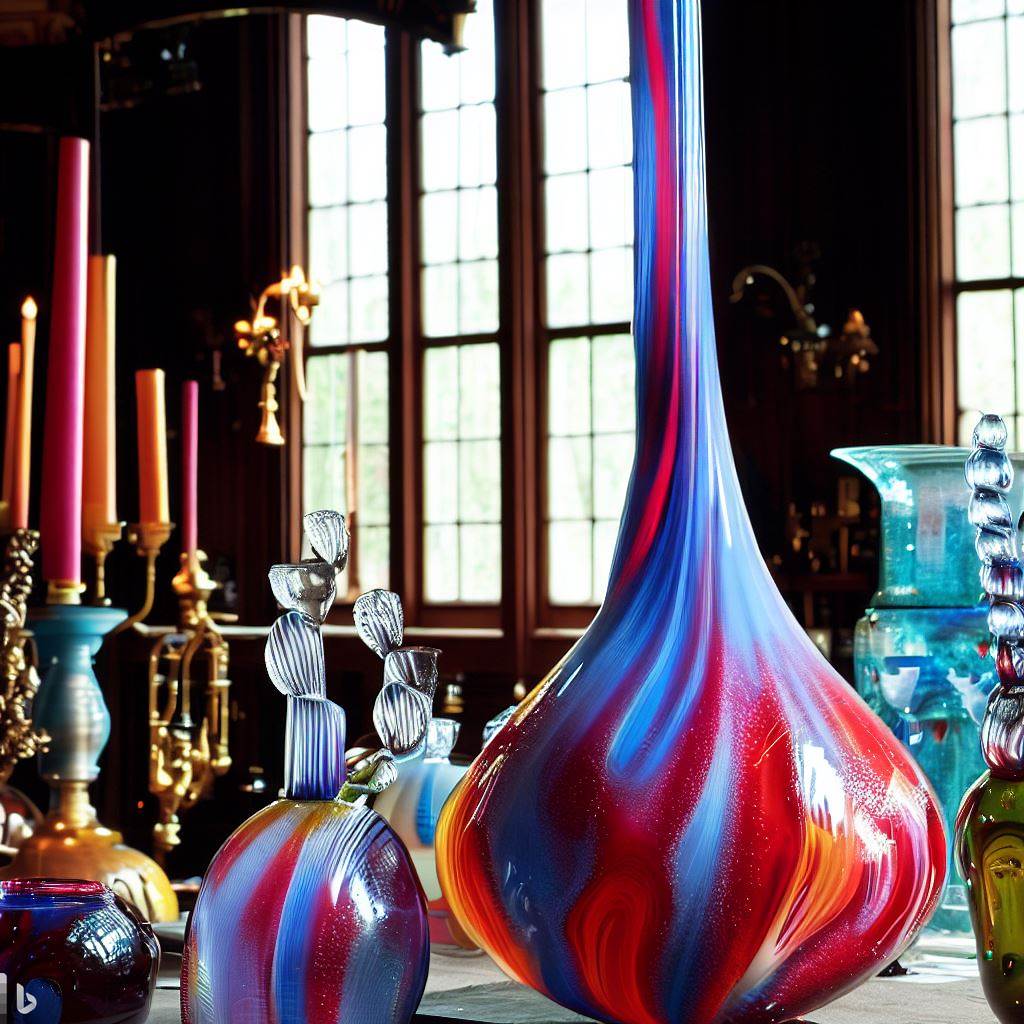
The Glassblowing Renaissance: Reviving a Timeless Art Form
The glassblowing renaissance of the 1960s saw a shift from glassblowing as a utilitarian craft to a fine art form. Pioneering artists like Harvey Littleton and Marvin Lipofsky established university glass programs that trained new generations in glass techniques and encouraged conceptual art fusions. This led to the emergence of the Studio Glass movement, which…
-
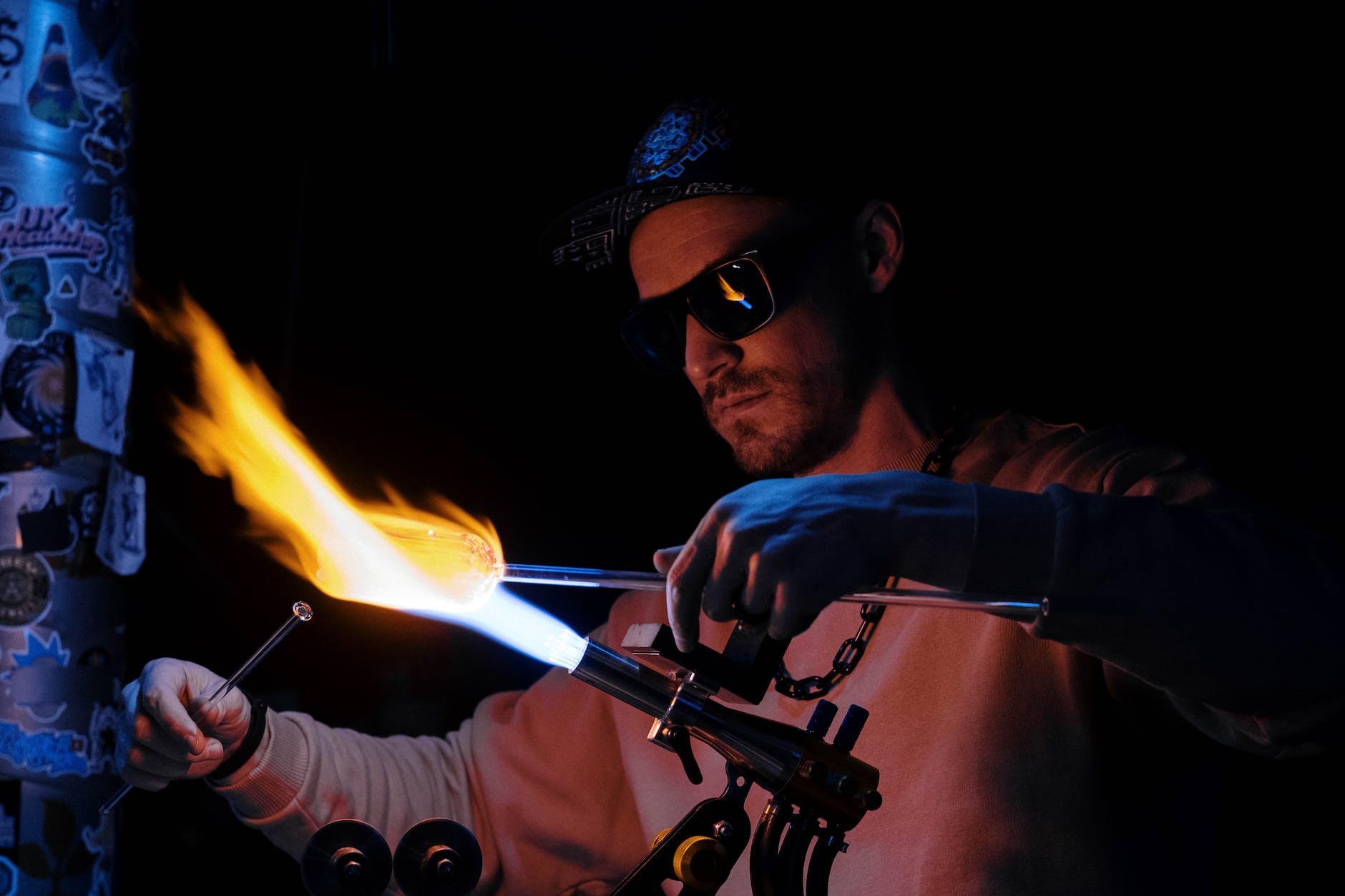
Glassblowing Innovators: Pioneers of the Craft
Glassblowing owes its artistic expression to visionary pioneers who revolutionized the craft. Dominick Labino’s small-batch furnaces liberated glassblowers from industrial confines, while Marvin Lipofsky’s glass education programs nurtured generations of artists. Dale Chihuly’s expansive vision transformed glass into immersive sculpture and installations, inspiring future innovators. Ed Poore’s 3D optic mold blowing and William Gudenrath’s historical…
-
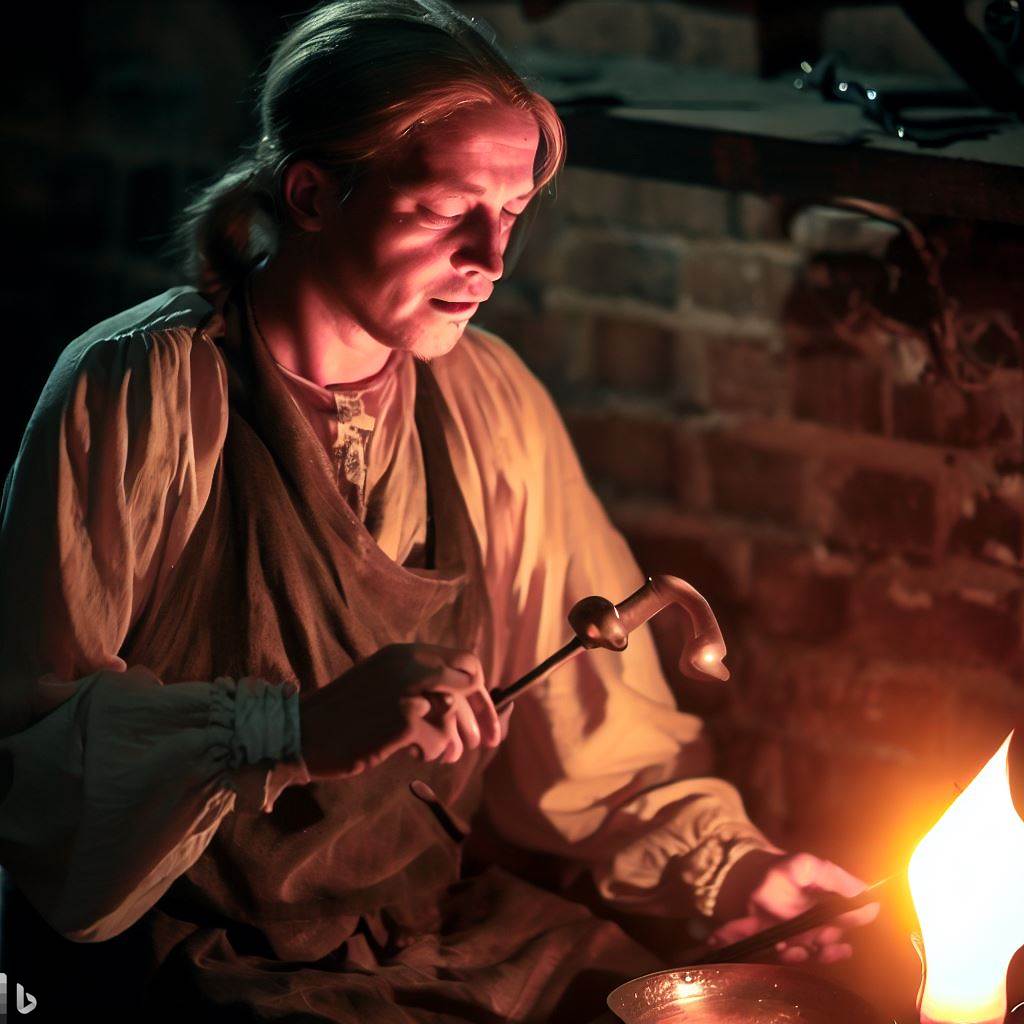
Sustainable Glassblowing: Eco-Friendly Practices in the Studio
Glassblowing studios can adopt eco-friendly practices to reduce environmental impact and save on energy bills. Upgrades like insulation and efficient burners optimize energy use, while recycling glass on-site reduces waste. Solar energy offsets electrical demands, and water conservation initiatives achieve substantial savings. Safe handling and disposal of chemicals protect the environment. Implementing green practices fosters…
-
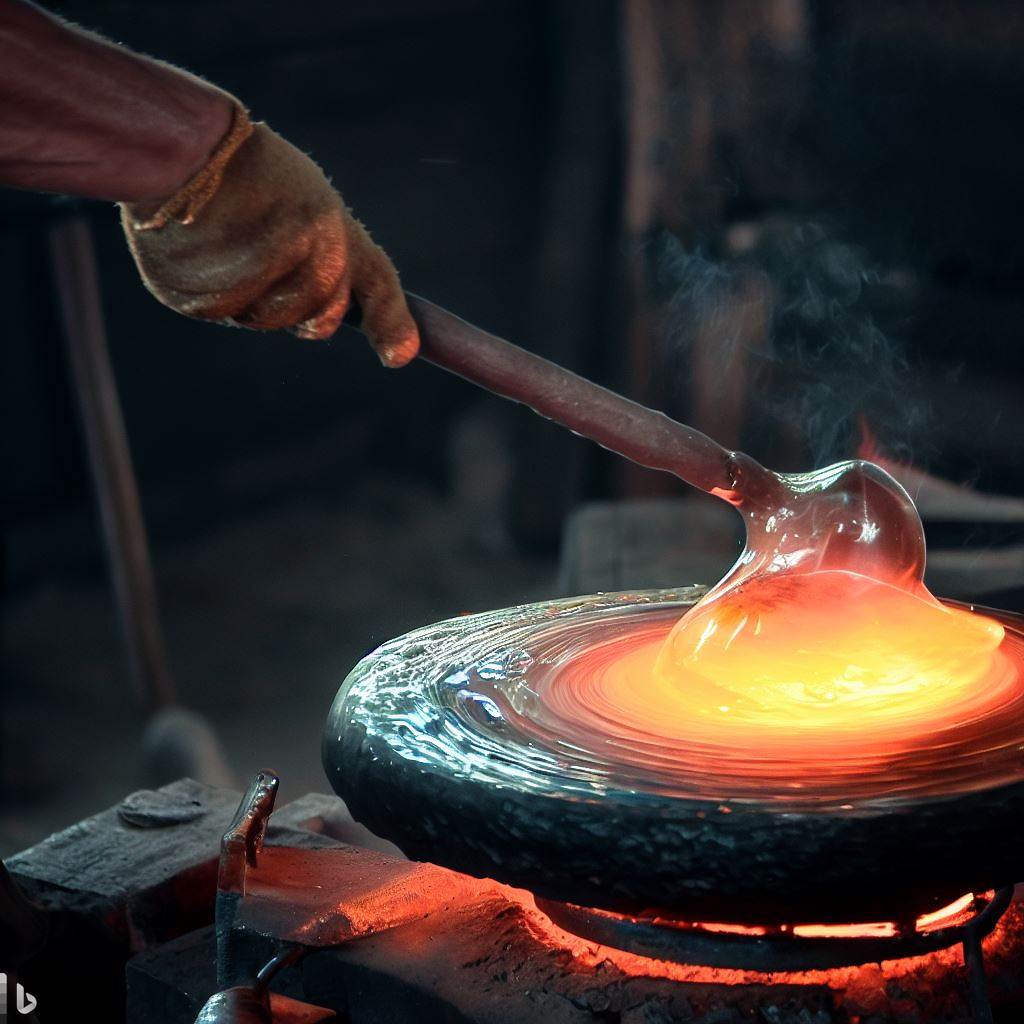
The Science of Glassblowing: Understanding the Chemistry
The art of glassblowing is a complex and demanding craft that requires a deep understanding of chemistry. The composition of glass, the way it reacts to heat, and the process of annealing all play crucial roles in creating beautiful and durable glasswork. Glass is made from a mixture of silica, soda ash, and lime. These…
-
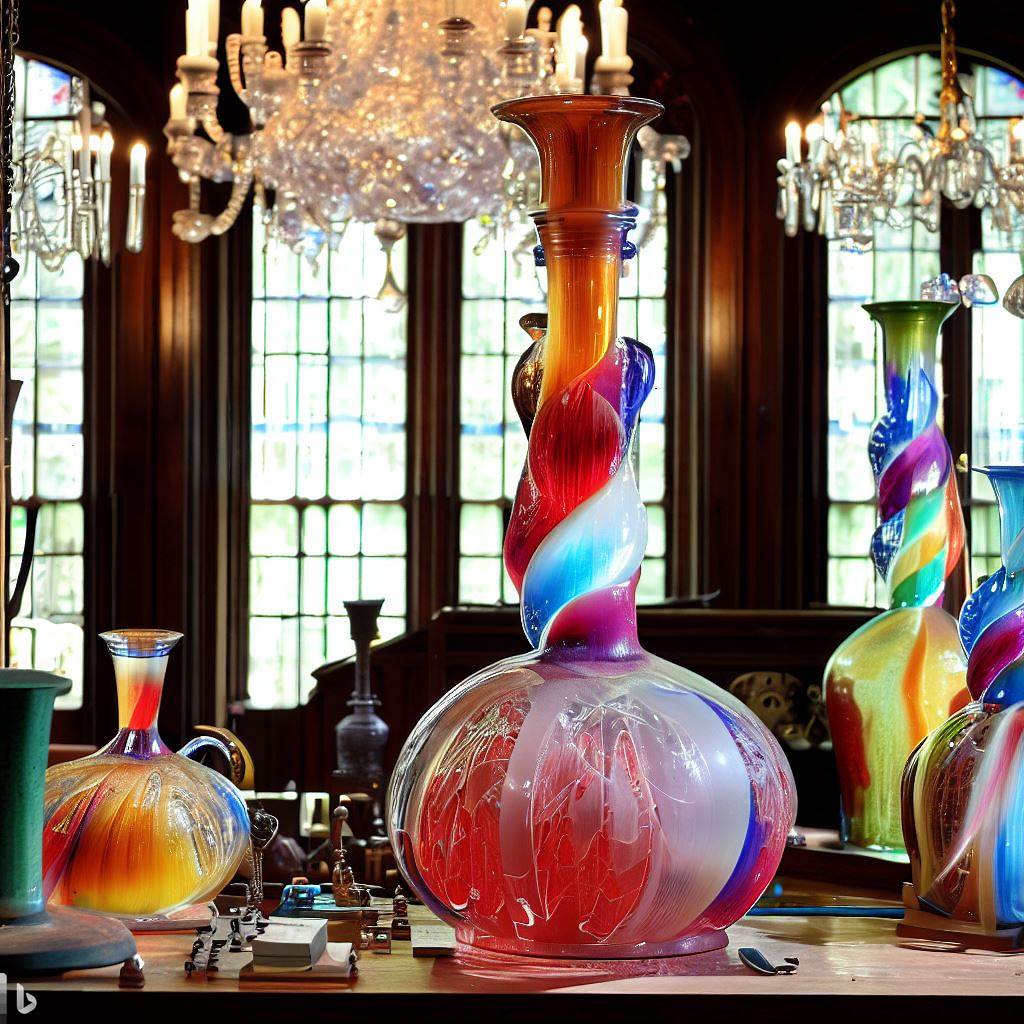
Glassblowing with Color: Mastering the Art of Glass Pigments
The art of glassblowing is all about controlling the flow of molten glass. This is especially true when it comes to color, as the slightest variation in temperature or technique can completely change the hue. To master glass color, it is important to understand the science behind it. Different elements produce different colors when added…
-
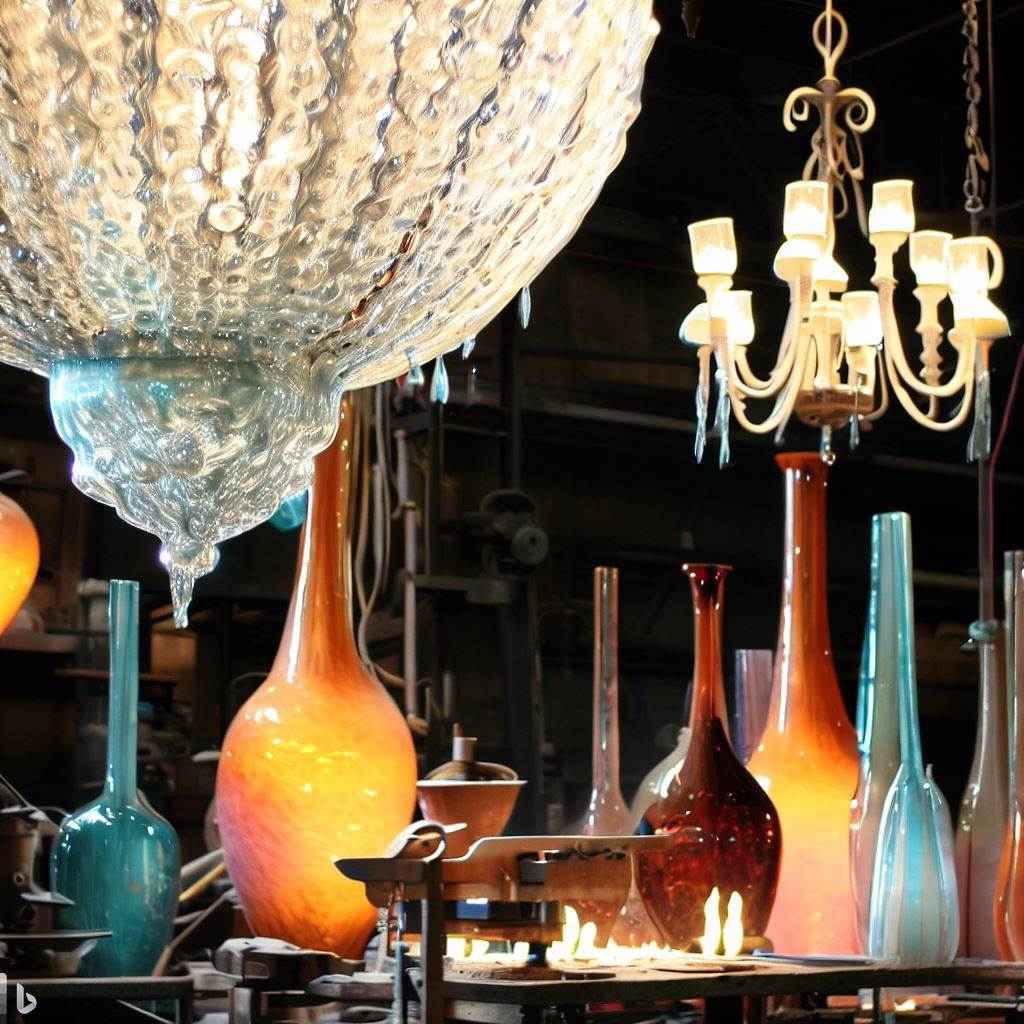
Glassblowing for Art and Function: From Vases to Chandeliers
Glassblowing’s versatility shines through the form and function of its creations. From traditional tableware to scientific labware, hand-blown glass offers practical solutions with artistic flair. Stained glass windows, an age-old tradition, continue to mesmerize with their divine illumination. Artists take glassblowing to new heights, sculpting intricate figurative shapes and fantastical beings. Monumental glass installations redefine…
-
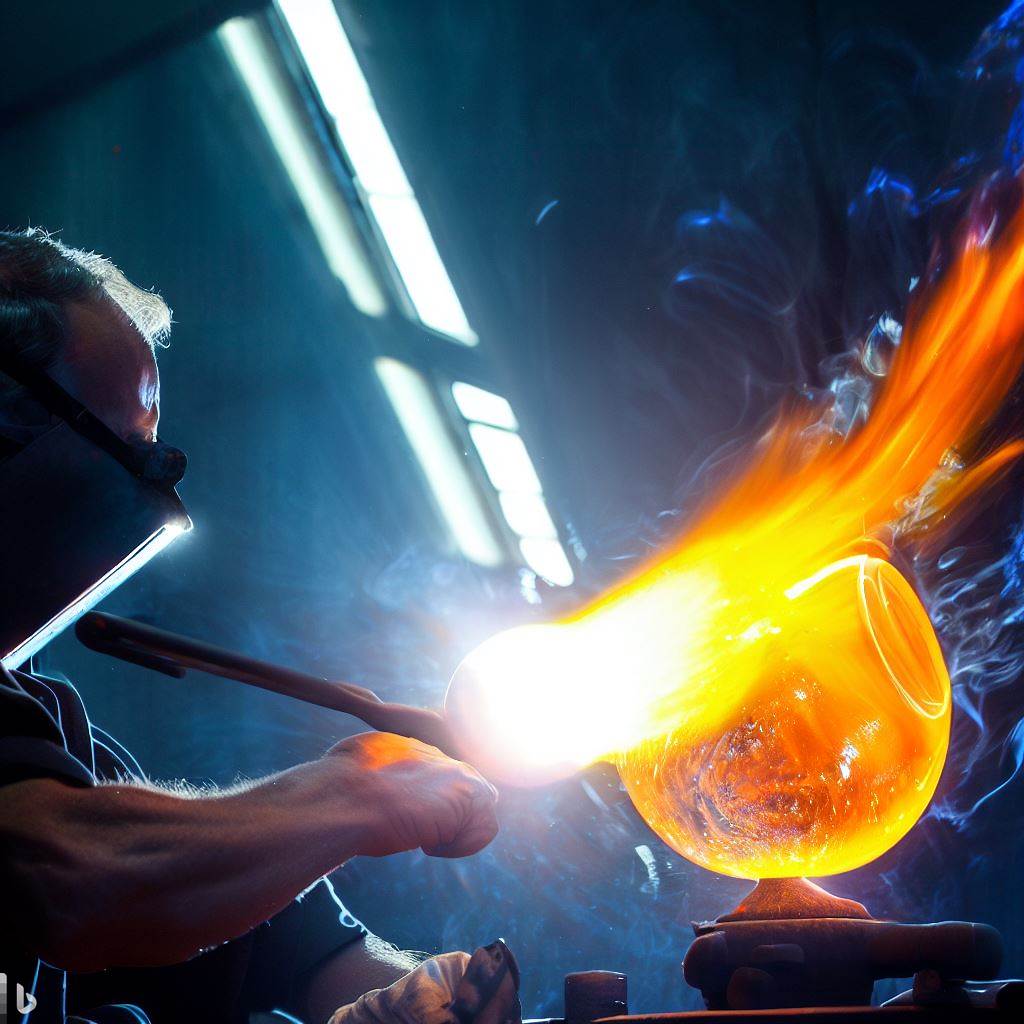
Glassblowing Innovations: Exploring Modern Glass Techniques
Contemporary glassblowers have been pushing the boundaries of the art form, using innovations like augmented reality (AR) to overlay digital content onto physical glass sculptures. Kinetic glass sculptures with moving elements, such as motors and air bellows, create dynamic and captivating artworks. Experimentation with new techniques and materials, like cast and kiln-formed glass, allows for…
-
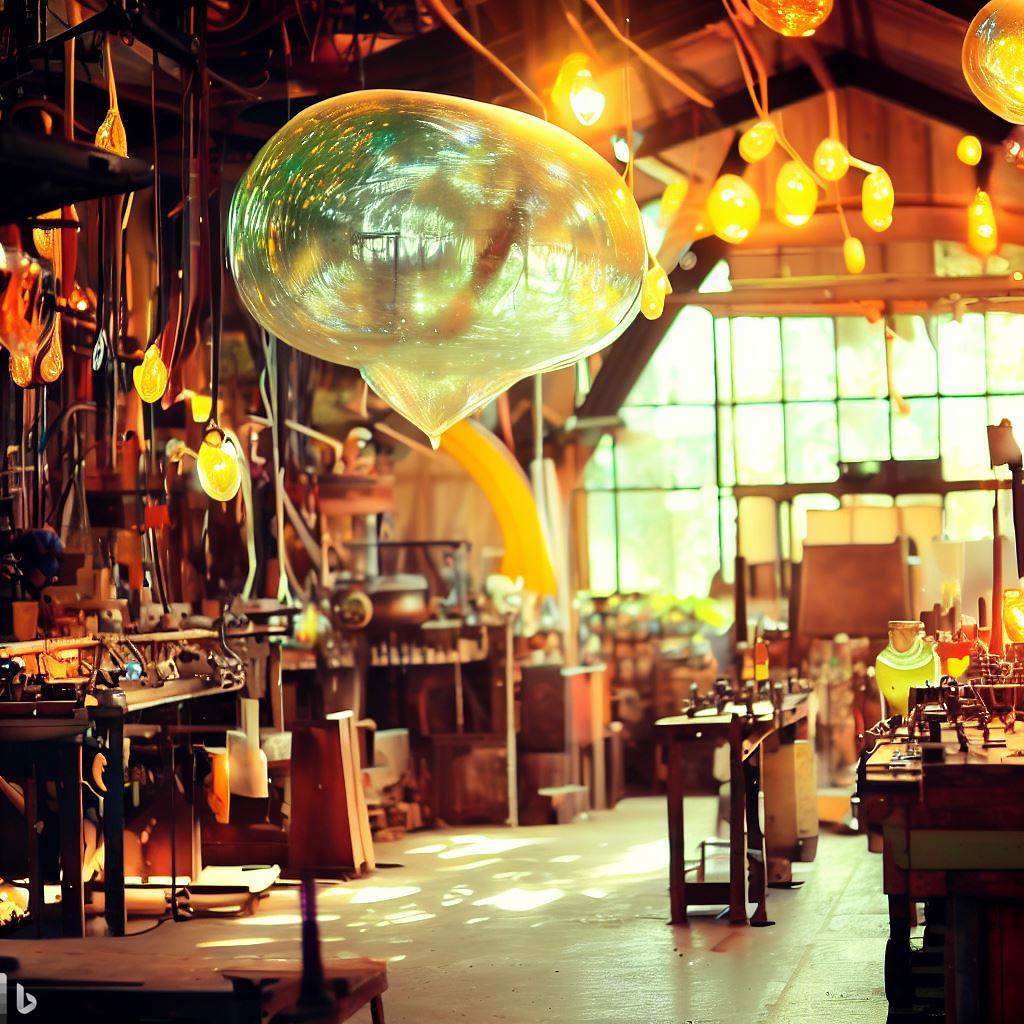
The World of Glass Art: A Closer Look at Glassblowing
Glass art is a centuries-old tradition that has evolved into a wide range of techniques and forms. From intricate vessels to monumental sculptures, glass can be used to create stunning works of art. The possibilities with glass are endless, and the medium continues to fascinate artists and audiences alike.
-
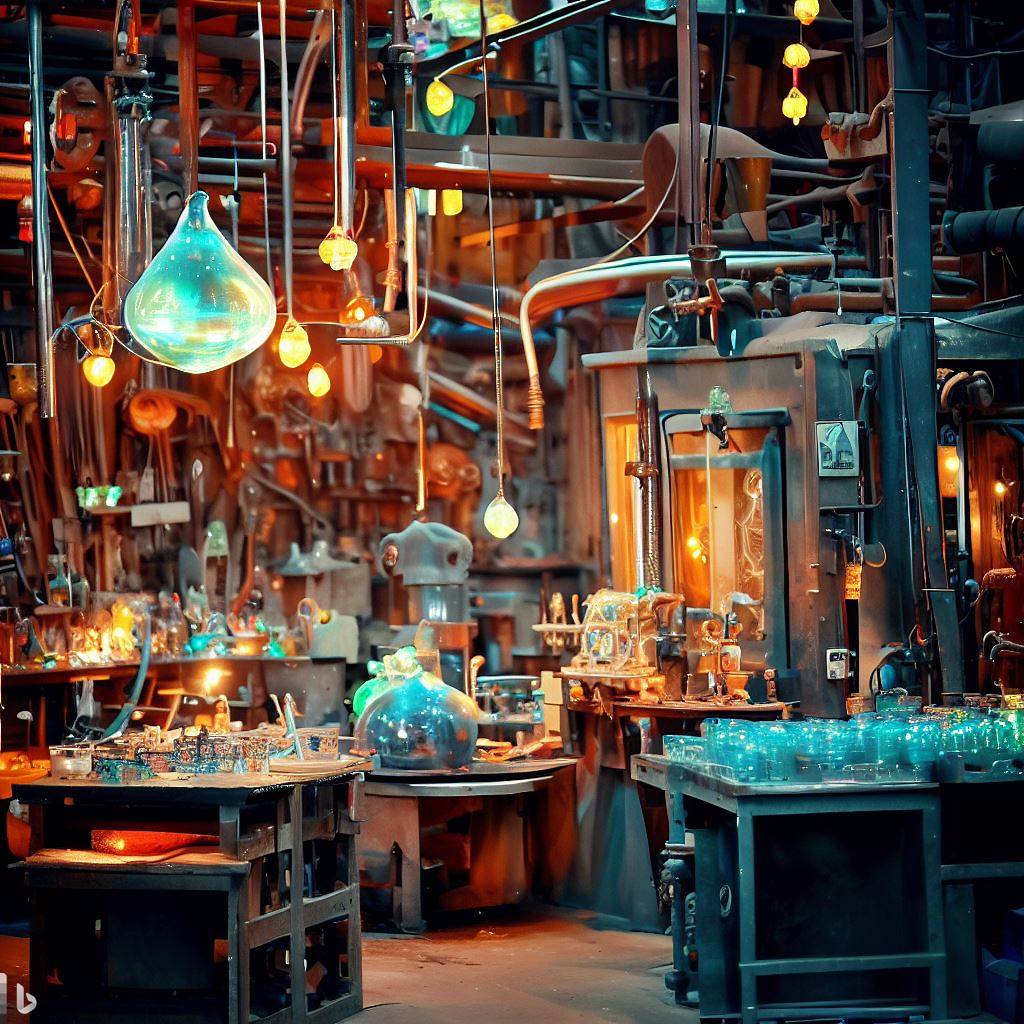
A Glassblower’s Journey: From Novice to Skilled Artisan
The path to becoming a master glassblower is long and challenging. It requires dedication, passion, mentorship, and collaboration. Glassblowers must learn the fundamentals of the craft, get feedback from experienced artists, and assist at professional studios. They may eventually be accepted into a residency program where they can work alongside masters and rapidly elevate their…